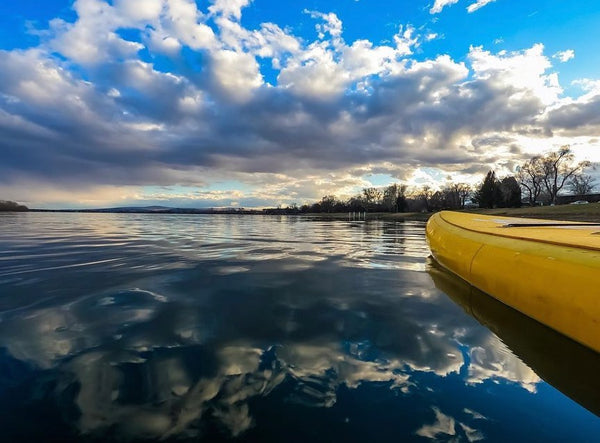
The Art of Stand up Paddle Board Photography: Capturing Stunning Images on the Water
Stand up paddle boarding (SUP) merges the thrill of exploration with the art of photography, offering a unique canvas for capturing mesmerizing images. This guide is your compass to navigating the waves of SUP photography, brimming with tips to enhance your shots and make each paddle boarding journey unforgettable.
-
Equipment Essentials for SUP Photography: Opt for stable paddle boards, waterproof cameras or housings, and lightweight paddles. Consider action cameras for ease and a waterproof smartphone case for convenience.
-
Balancing and Shooting Techniques: Achieve stability and sharp images by mastering balance on your board. Experiment with various angles and perspectives for dynamic shots.
-
Action and Environment Photography: Capture the thrill with fast shutter speeds for action shots. For SUP yoga, focus on serenity and connection, while surf photography demands timing and anticipation.
-
Scenic SUP Photography Tips: Highlight the beauty of scenic locations by using leading lines and experimenting with compositions to showcase the paddle boarder's interaction with the environment.
-
Gear Safety and Photographer Tips: Secure your equipment on the board and use flotation devices for cameras. Prioritize wearing a PFD, tether yourself with a leash, and stay aware of weather and currents.
-
Post-Processing Enhancements: Adjust exposure, colors, and crop or straighten your images for the perfect finish, ensuring your photos reflect the vibrant reality of the SUP experience.
Choosing the Right Equipment for SUP Photography
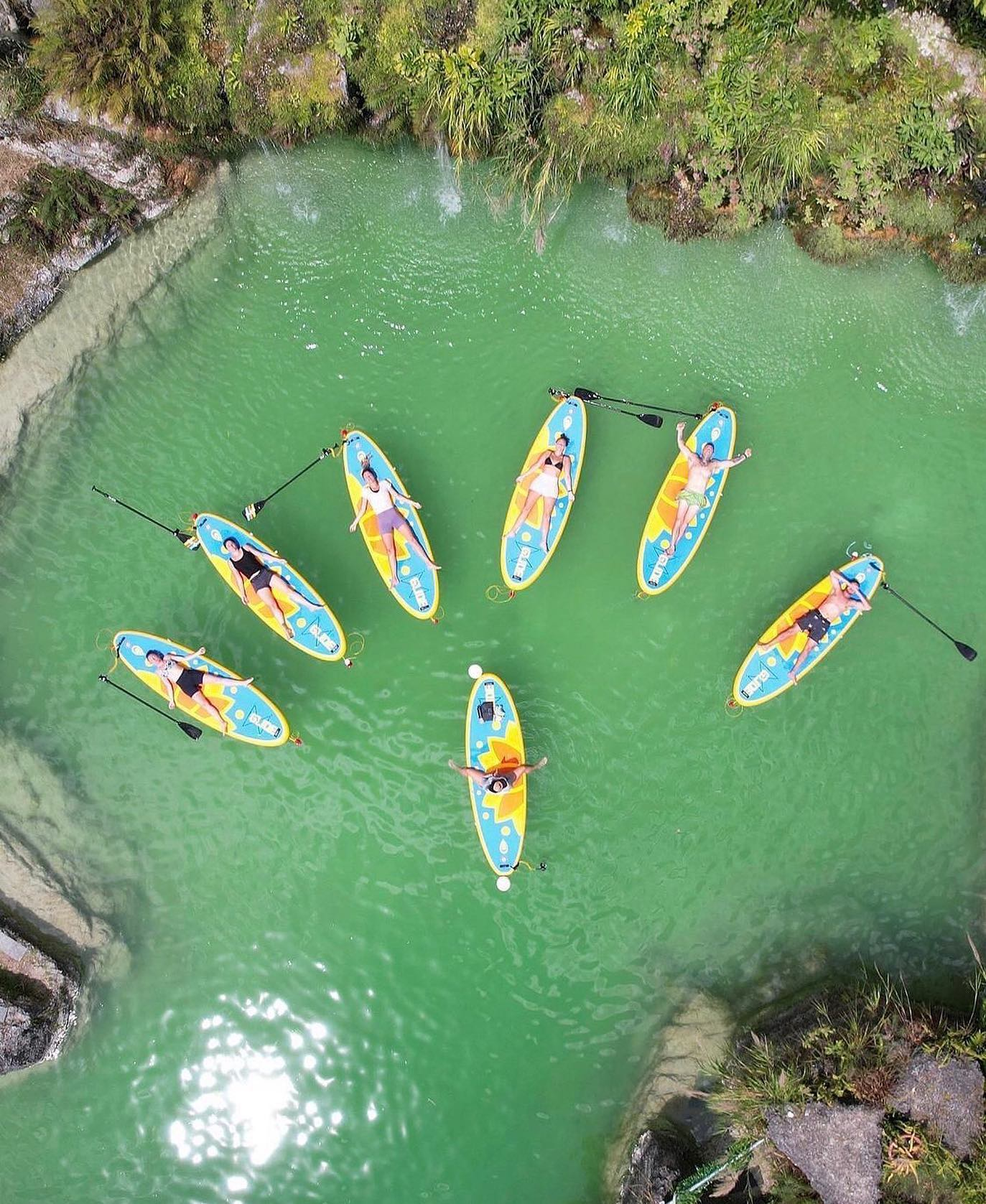
Paddle Board Selection
A stable and durable paddle board is essential for SUP photography. Inflatable paddle boards or an entry level board are a popular choice due to their stability, portability, and ability to withstand potential bumps and scrapes from camera equipment. Solid paddle boards can also be a suitable option, providing a stable platform for your photography gear. A lightweight carbon fiber paddle is a good idea as it's easy to maneuver on your paddle board.
Reference: Ultimate Guide to Choosing the Perfect Stand Up Paddle Board
Camera Gear
Waterproof cameras or housings are crucial for protecting your equipment during paddle board photography sessions. Many photographers opt for action cameras like GoPro, which are lightweight, waterproof, and easy to mount on a paddle board. Additionally, a waterproof smartphone case can be a cost-effective solution for casual photographers.
Reference: 10 Essential Paddle Boarding Tips for Beginners and Beyond
SUP Photography Techniques
Mastering the Art of Balance
To achieve sharp and stunning images, it's essential to maintain balance and stability while shooting on a paddle board. Practice your paddling and balancing skills, focusing on keeping your body centered and using your core muscles for stability.
Reference: The Art and Science of Stand Up Paddle Boarding: Achieving Balance and Stability
Experiment with Different Perspectives
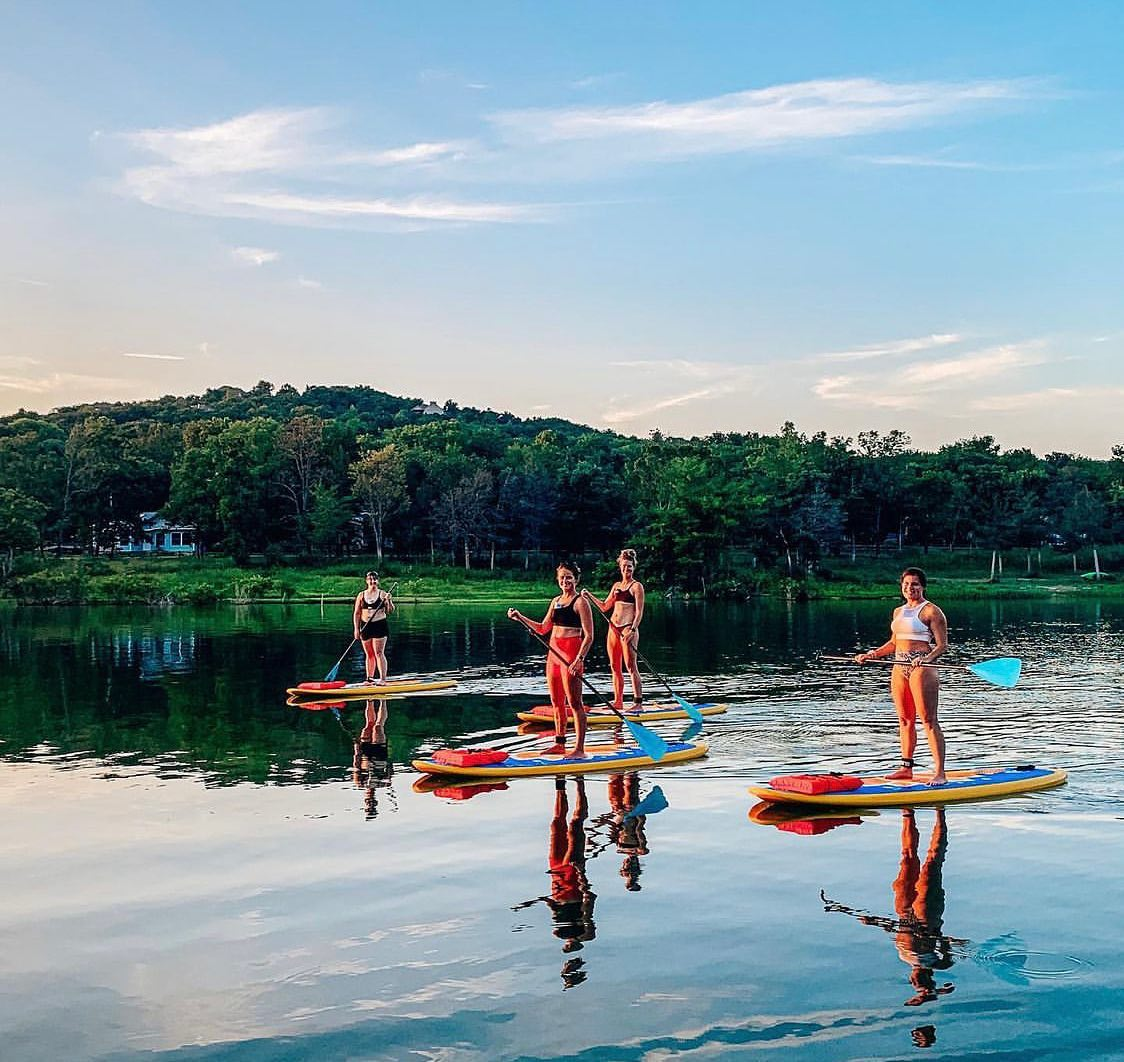
One of the benefits of stand up paddle board photography is the unique vantage point it provides. Experiment with different angles and perspectives, such as shooting from a low angle to create a sense of depth or getting up close to your subject for a more intimate shot.
Reference: The Ultimate Guide to Paddle Boarding for Beginners: Tips and Tricks for a Smooth Start
Capturing Action Shots
To capture dynamic action shots, use a fast shutter speed and continuous shooting mode to freeze the motion of your subject. Track your subject's movements, and be prepared to adjust your focus and framing quickly.
Reference: Discovering the World of Stand Up Paddle Board Racing: Tips, Techniques, and Events
Tips for SUP Photography in Various Environments
SUP Yoga Photography
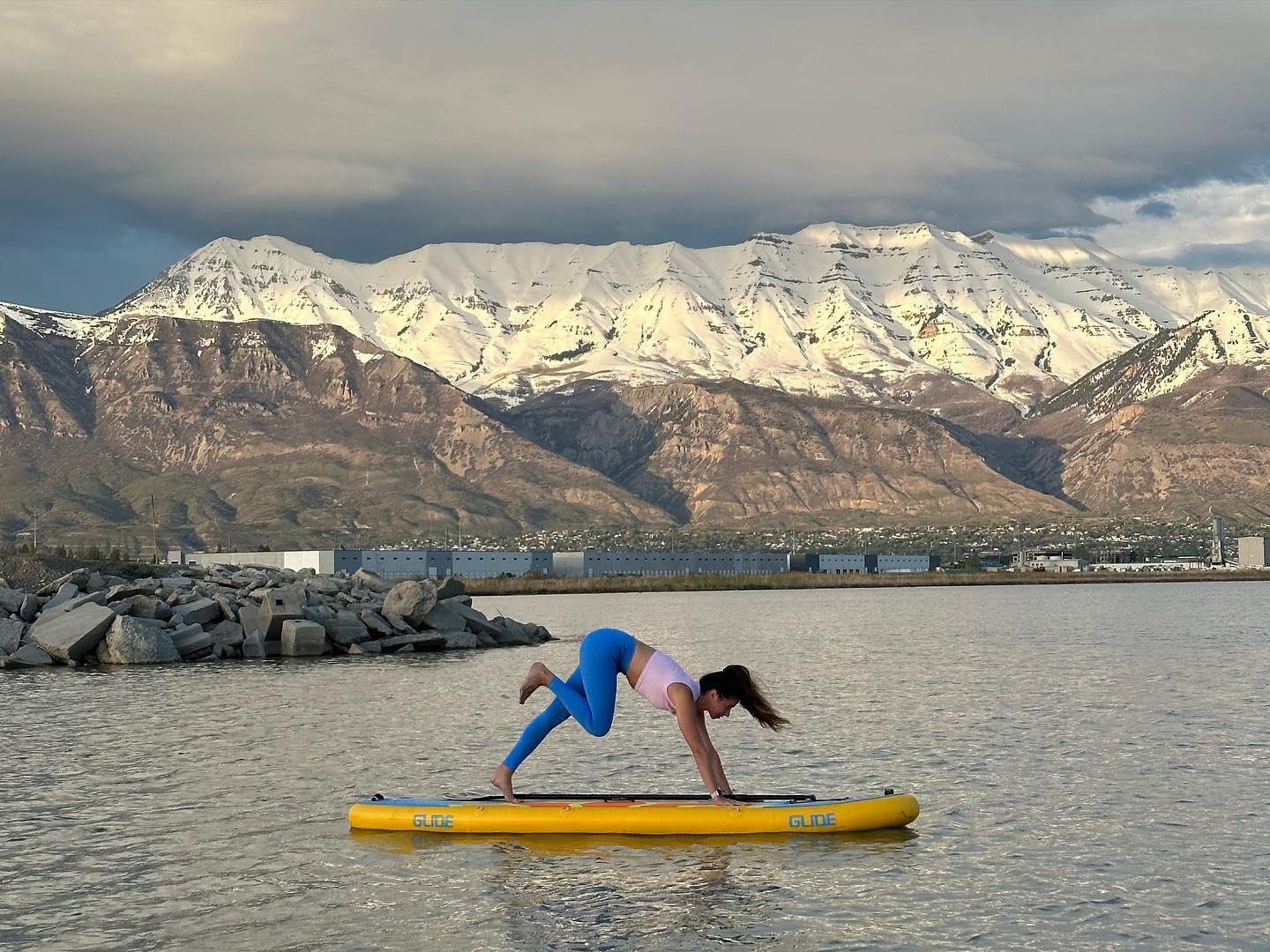
When capturing SUP yoga images, focus on the balance and serenity of the practitioner. Use a shallow depth of field to isolate your subject and create a sense of calm, while also highlighting the connection between the yogi and their environment.
Reference: A Guide to SUP Yoga: Finding Balance and Serenity on Your Paddle Board
SUP Surf Photography
For SUP surf photography, timing is crucial. Anticipate the waves and the surfer's movements to capture the perfect moment. Use a telephoto lens or zoom capabilities to get closer to the action while maintaining a safe distance from the waves.
Reference: SUP Surfing: Riding Waves with a Stand Up Paddle Board
Paddle Boarding in Scenic Locations
When photographing paddle boarders in picturesque locations, emphasize the beauty of the environment. Use leading lines, such as the horizon or shoreline, to draw the viewer's eye toward the subject. Experiment with different compositions to showcase the interaction between the paddle boarder and their surroundings.
Reference: Top 10 Destinations for Paddle Boarding in the United States
Ensuring the Safety of Your Gear and Yourself
Securing Your Camera Equipment
Keep your camera gear secure by attaching it to your paddle board with straps, mounts, or waterproof bags. Invest in a floatation device for your camera to prevent it from sinking if it accidentally falls into the water.
Reference: Common Paddle Board Mistakes and How to Avoid Them
Safety Tips for SUP Photographers
Prioritize your safety while on the water by wearing a personal flotation device (PFD) and using a leash to tether yourself to your paddle board. Keep an eye on weather conditions and currents, and always inform someone of your whereabouts and expected return time.
Reference: Stand Up Paddle Boarding Etiquette: Tips for Sharing the Water with Others
Editing and Post-Processing Tips for SUP Photography
Adjusting Exposure and Colors
After capturing your images, some post-processing may be necessary to enhance the overall quality. Begin by adjusting the exposure to ensure that your images are well-balanced in terms of brightness and contrast. Additionally, play with color balance, saturation, and vibrancy to make your images pop and accurately represent the stunning hues of the water and surrounding environment.
Cropping and Straightening
When reviewing your photos, you might find that some images could benefit from cropping or straightening. Experiment with different compositions by cropping out unwanted elements or distractions, which will help focus the viewer's attention on the main subject. In some cases, the horizon line might appear tilted, so use the straightening tool in your editing software to ensure a level horizon that provides a visually pleasing result.
Conclusion
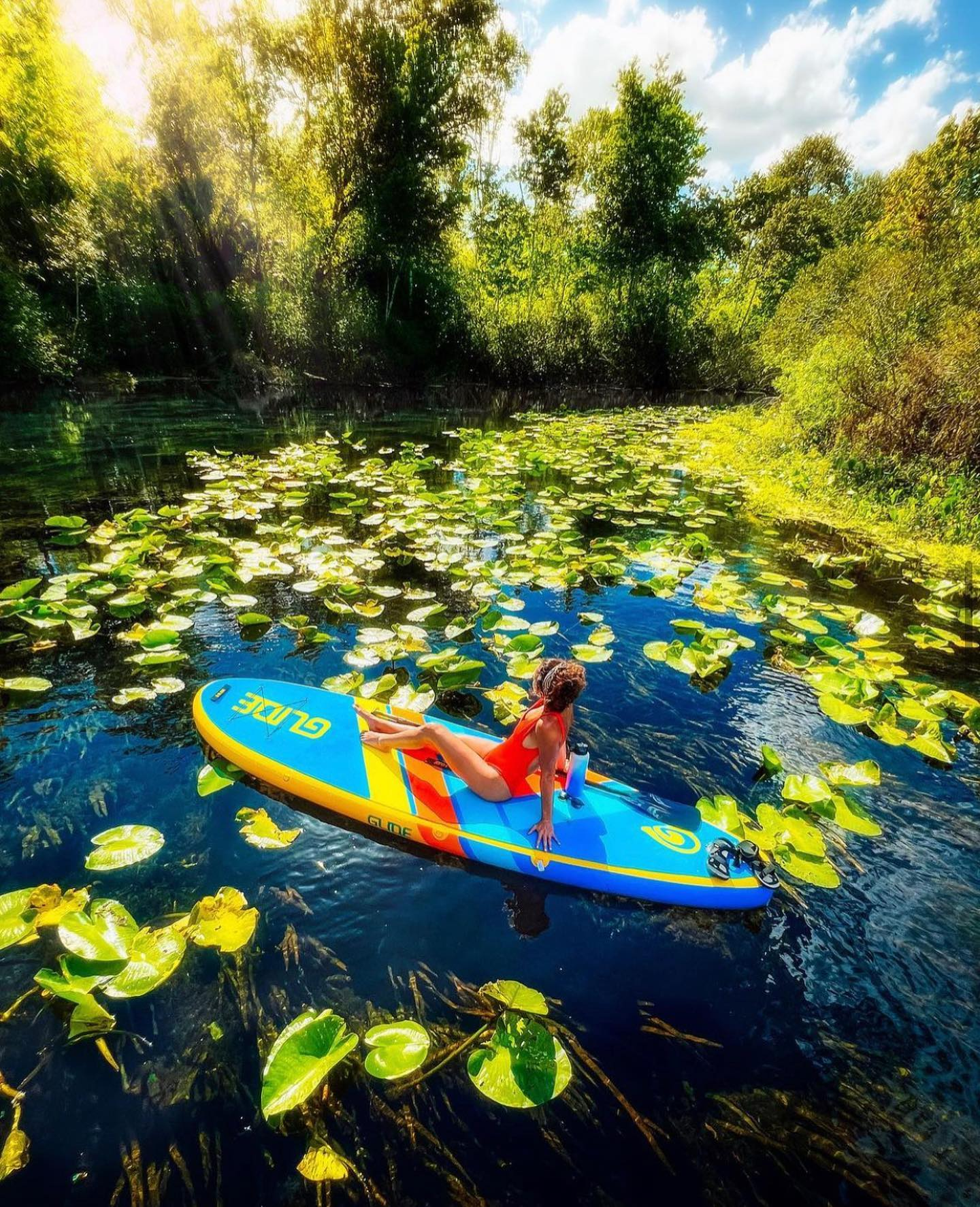
Stand up paddle board photography is a unique and rewarding way to capture stunning images on the water. By choosing the right equipment, mastering balancing techniques, and exploring various environments, you can create breathtaking photographs that showcase the beauty of paddle boarding. Always prioritize safety and respect for the environment to ensure enjoyable and sustainable SUP photography adventures.


